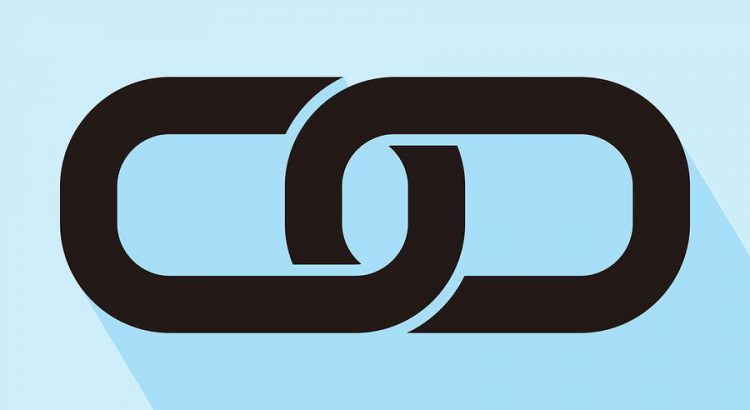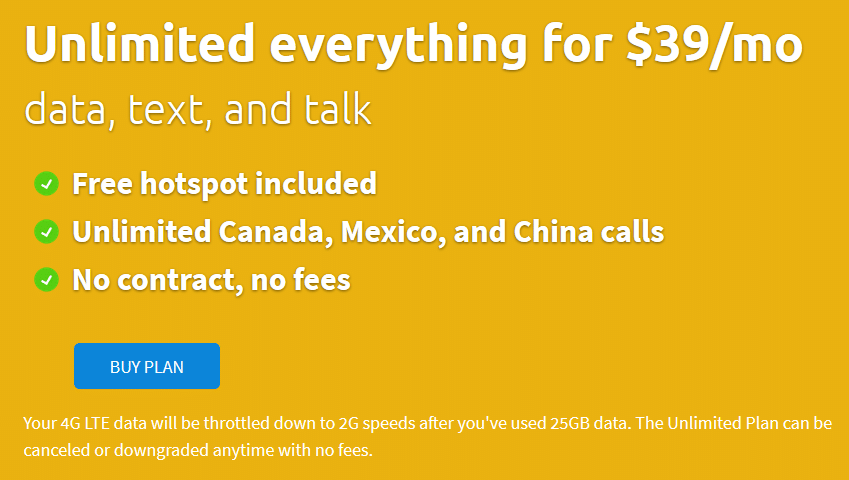This post is the first of hopefully many link roundup posts.
- Masnick of TechDirt explains how Apple dropped plans to encrypt its customers’ backups after the FBI pushed back on the company’s plans. It seems like there’s a lot of misinformation going on in this situation.
- Physicist Casey Handmer is extremely optimistic about SpaceX’s Starlink. If you’re not already familiar, Starlink is a satellite constellation SpaceX is working on to provide global internet connectivity. At the moment, the company plans to have over 10,000 satellites deployed in the constellation.
- Tim Farrar is very critical of Handmer’s post. In my opinion, Farrar is way too negative on Starlink, but many of his criticisms seem correct.
- The U.K. government may place some limitations on Huawei, but it looks like the company may have an easier time in the U.K. than in the U.S.
- There seems to be ongoing confusion about how TracFone’s SmartSIM product will work.













